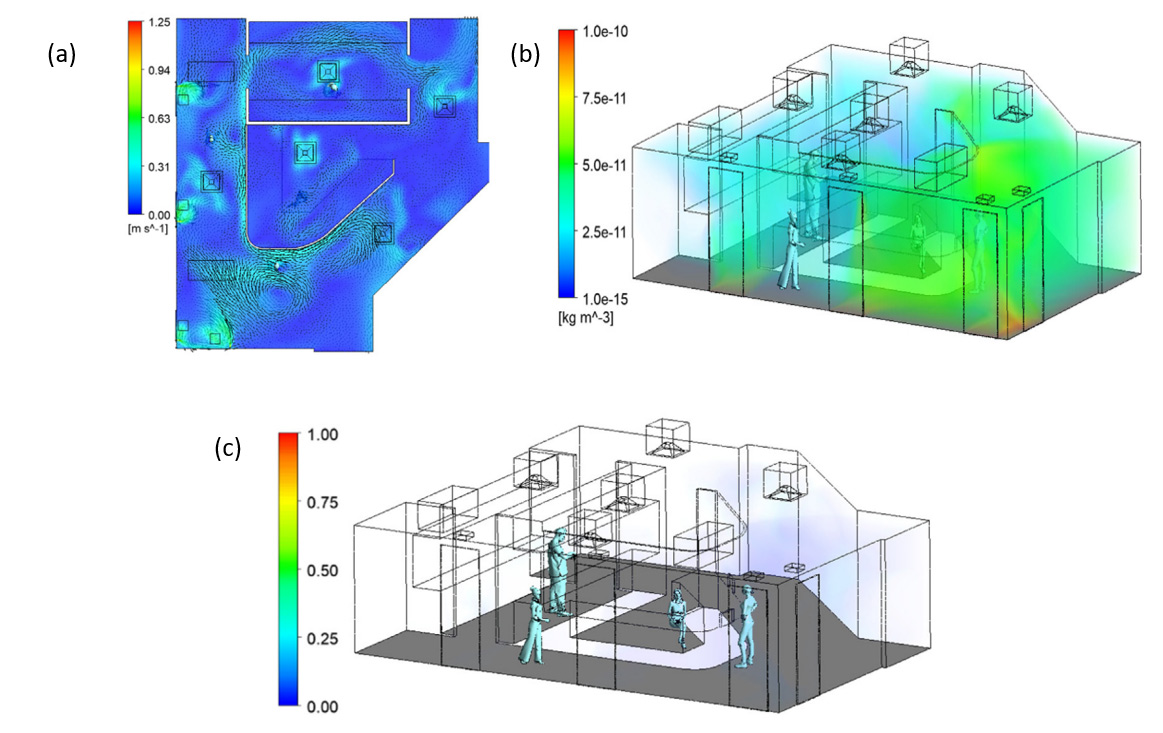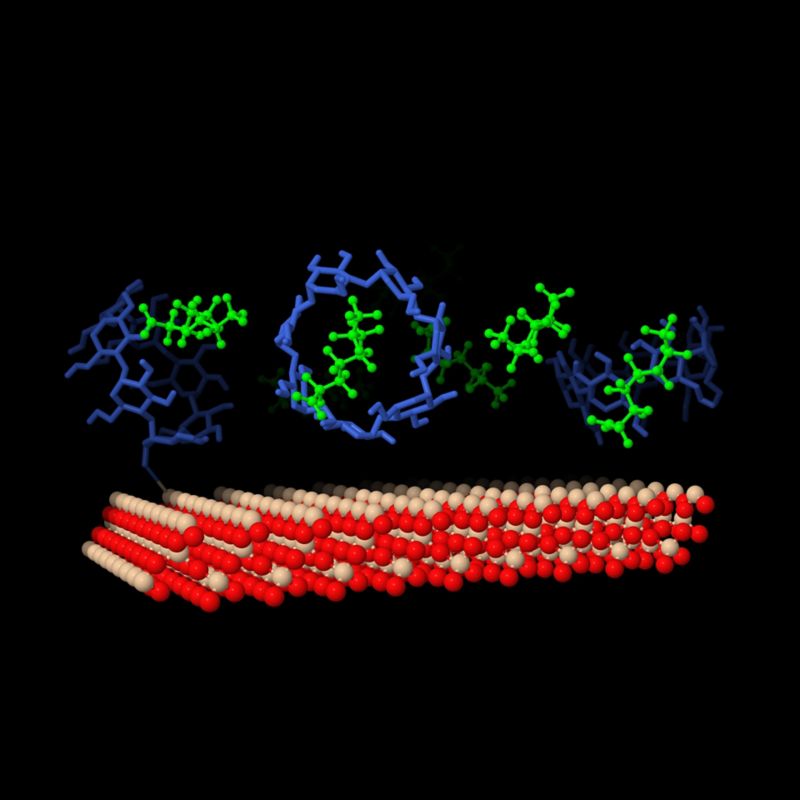Ayush Ranjan
The COVID-19 pandemic has highlighted the importance of estimating & managing risk from airborne pathogens in indoor environments. The building services (HVAC) system, as well as the environmental disturbances generated by human movement & large electrical/electronic systems all influence transmission of contaminants inside a building. Therefore, it is imperative & timely to understand the impacts of these factors on contaminant transport to mitigate the risk of infection by airborne biological pathogenic contaminants.
Four RMIT project teams are working on different aspects of this project:
- Sensing team: Designing a digital model of a four different industry client buildings & installing multiple types of environmental sensors therein
- Aerosol team: Building large-scale Computational Fluid Dynamics (CFD) simulations of the four buildings to compute infection risk maps based on their floorplans & HVAC details
- Human Movement team: Tracking human-building interactions
- System Integration team: Combining insights from other teams and simplifying them into generalised rules/guidance for facility managers to implement to reduce infection risk
As a part of the ‘System Integration team’ of this project, I will be (i) analysing combined datasets from different sensor types to generate insights into human-building interactions of relevance to reducing infection risk, and (ii) developing micro-scale CFD simulations (‘micro-cases’) from common building floorplans. These micro-cases will provide low-order infection risk maps that we will eventually ‘stitch together’ to produce low-order infection risk maps for an a priori unknown, real floorplan that predict how to reduce its inherent infection risk. Running & analysing infection risk maps from a large set of micro-cases CFD results will then help us develop a simple set of general rules that can be transmitted to building/facilities managers to reduce infection risk for a priori unknown, real floorplans.
 Figure 1: CFD results using floorplan layout of a COVID19 ward in an Australian hospital. The results show uneven distribution of COVID19 infection risk in the ward. (a) Airflow field at an ‘average’ human breathing height of 1.65 m, (b) particle concentration field throughout the space, and (c) spatial distribution of infection risk [1].
Figure 1: CFD results using floorplan layout of a COVID19 ward in an Australian hospital. The results show uneven distribution of COVID19 infection risk in the ward. (a) Airflow field at an ‘average’ human breathing height of 1.65 m, (b) particle concentration field throughout the space, and (c) spatial distribution of infection risk [1].
This project is conducted in conjunction with the Victorian Higher Education State Investment Fund.

Materials Modelling
Computational fluid dynamics (CFD), fluid-structure interaction (FSI), 3D printing (stereolithography, PolyJet), selective laser melting, modelling process, direct laser metal deposition, fused deposition modelling, object printing